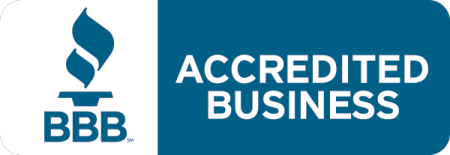Our North Carolina Pest Control Blog
Education, News, Tutorials, and Opinion Pieces
Check out our blogs and articles to learn more about keeping your Triangle home pest-free & your family and pets safe! We're sharing our expert advice and the latest news from behind the scenes.
Discover why tiny flies appear in your bathroom and how to eliminate drain flies for good. Learn identification tips, effective removal methods, and when to call professionals for guaranteed results.
Learn how to identify and remove kudzu bugs before they swarm your North Carolina home this fall. Get step-by-step removal techniques, safety tips, and know when to call professionals for guaranteed protection.
Learn why brown marmorated stink bugs invade North Carolina homes every fall when temperatures drop below 60°F. Discover their clustering behavior, prevention strategies, and why these invasive pests target your home for overwintering shelter.
Debunk the top 5 myths about eco-friendly pest control that cost homeowners time and money. Learn which natural methods actually work, safety facts about organic treatments, and when to call Triangle Pest Control for professional results.
Discover why timing is critical for effective pest control in North Carolina. Learn how scheduled treatments based on pest biology can increase effectiveness by 400% while reducing chemical exposure. Get expert insights on seasonal pest cycles, regional considerations, and proven strategies that save money and protect your property year-round.
Without consistent pest control treatments, some household areas become prime targets for reinfestations. These areas provide the moisture, food sources, shelter, and access routes that pests need to establish colonies and multiply rapidly.
Skipping seasonal pest control in North Carolina leads to significantly higher costs through structural damage, health risks, and emergency treatments.
A comprehensive guide to North Carolina pests provides homeowners with month-by-month prevention strategies that protect against year-round infestations while preventing costly damage and treatment needs.
Moving into a new home requires a thorough pest control inspection checklist to identify potential infestations before they become costly problems.
In this guide, we’ll dive deep into the differences between centipedes and millipedes, why they invade homes, how to address infestations, and when it’s time to call in the professionals.
From disturbed soil and exposed wood to new hiding places within walls, renovations create opportunities for pests to sneak in. Taking the right preventative steps during your renovation can save you from costly infestations down the line.
This blog breaks down why pest issues are worse in certain areas of Raleigh and what you can do to keep your home protected—no matter where you live.
Understanding which pests to look out for and why they become so active this time of year can help you stay a step ahead. In this blog, we’ll explore the most common springtime pests in North Carolina, why they thrive in the spring, and what proactive steps you can take to keep them out.
The beauty of our state is currently threatened by an invasive pest: the spotted lanternfly (Lycorma delicatula). This blog will provide essential information about this pest, its impact on our local ecosystems, and practical steps you can take to protect your home and property.
While silverfish are not the most dangerous pests, their presence can lead to nuisance problems and damage to your home. In this guide, we’ll cover everything you need to know about silverfish: how to identify them, common types found in NC, their risks, prevention tips, and how to get rid of them.



